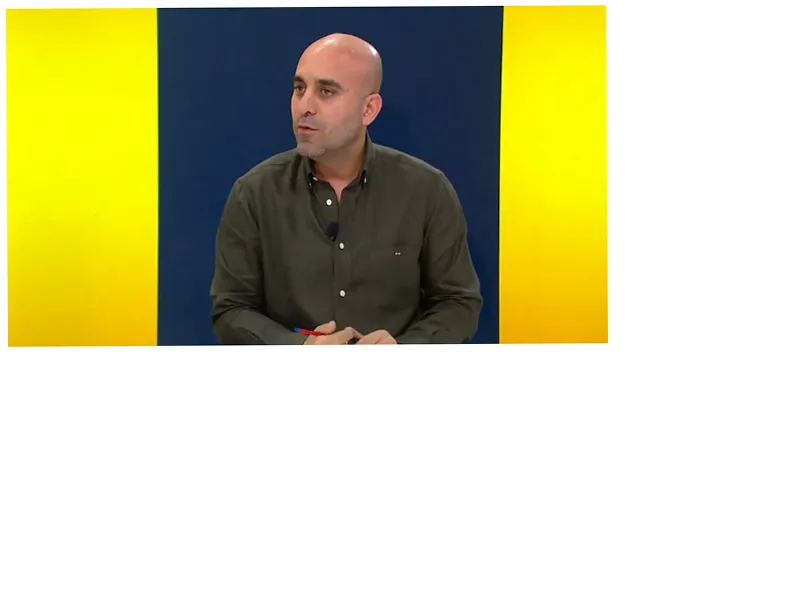The incident highlights the complex intersection of archaeology, history, and military conflict, particularly in regions with deep historical and cultural significance.
Social media reactions underscore the polarized views surrounding Israeli actions in Lebanon and the broader implications of historical narratives in conflict.
The ongoing investigation by the Israeli army may lead to further scrutiny of military involvement in archaeological work in conflict zones.
The incident could escalate tensions between Israel and Hezbollah, potentially impacting future military and archaeological engagements in contested areas.
The killing of Israeli archaeologist Zeev Erlich has ignited significant controversy and debate, particularly on social media, where activists have expressed their outrage and mockery regarding his presence on the front lines of conflict in southern Lebanon. Erlich, aged 70, was reportedly killed while accompanying Israeli occupation forces near Tyre, approximately six kilometers from the Israeli-Lebanese border. His background as a retired reserve major in the Israeli army, coupled with his academic credentials in Talmud and Israelite history, has led to accusations that he was attempting to 'steal and falsify history' rather than conduct legitimate research.
Erlich's death has raised questions about the role of historians and archaeologists in conflict zones. Many activists have criticized his actions, suggesting that his work was not purely academic but rather aligned with military objectives. Comments on social media reflect a broader sentiment that his presence in such a volatile area was inappropriate, with some labeling him a 'criminal' for allegedly trying to distort Lebanon's historical narrative. The Israeli army has stated that Erlich was killed while in a civilian capacity but has launched an investigation into the circumstances surrounding his death, which occurred at an archaeological site known as the 'shrine of the Prophet Shimon'.





